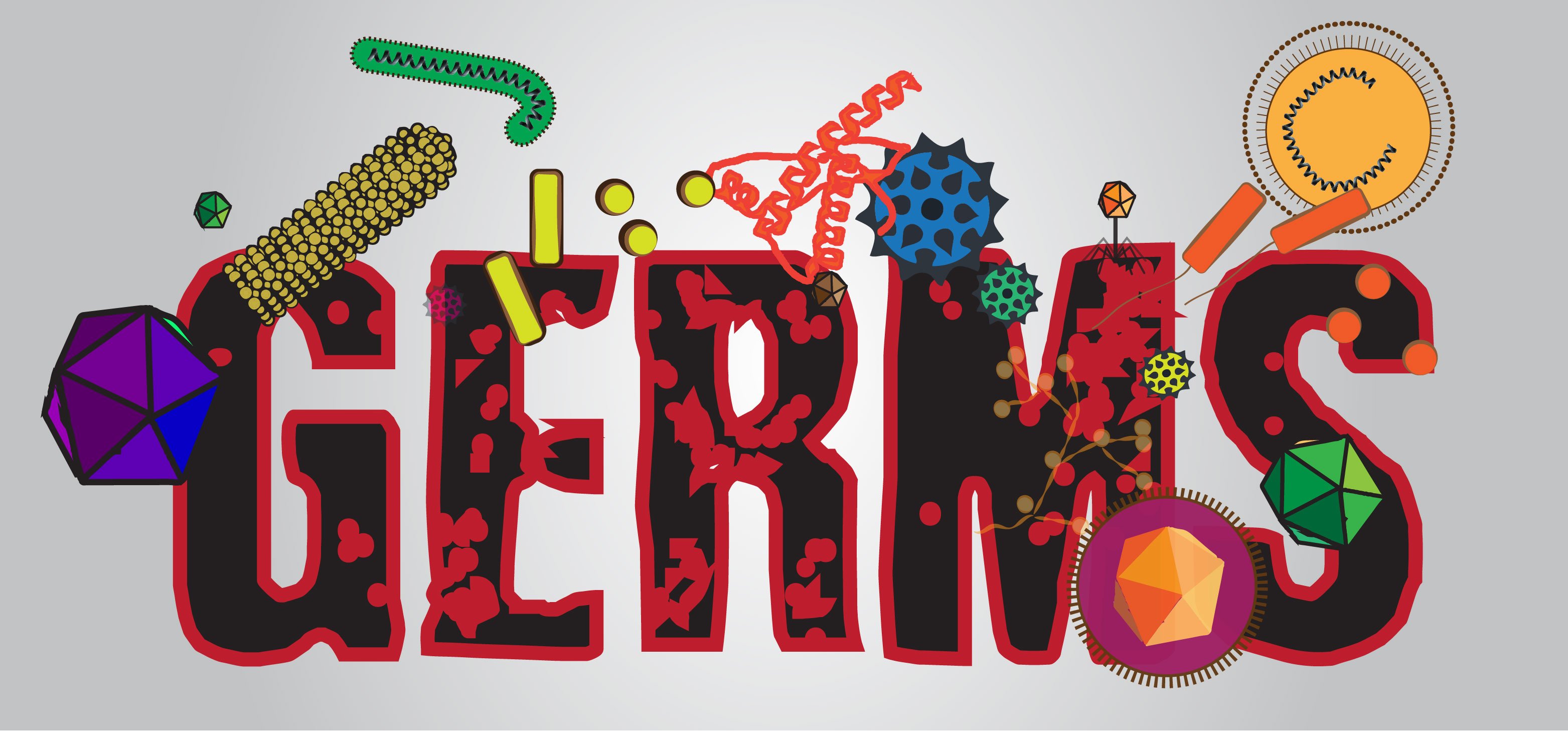The Shift to Continuous Feedback Models: Transforming Employee Growth, Engagement, and Retention The traditional annual performance review has long been the cornerstone of performance management in many organizations. While this once-a-year process offers an opportunity to assess employee performance, it often falls short in addressing the dynamic nature of today’s workplace. Employees need timely insights,… Read More » The post The Shift to Continuous Feedback Models appeared first on Barracuda Staffing & Consulting.
The Shift to Continuous Feedback Models: Transforming Employee Growth, Engagement, and Retention
The traditional annual performance review has long been the cornerstone of performance management in many organizations. While this once-a-year process offers an opportunity to assess employee performance, it often falls short in addressing the dynamic nature of today’s workplace. Employees need timely insights, real-time support, and ongoing development opportunities—not an outdated retrospective critique. Enter the continuous feedback model: an approach that prioritizes ongoing communication and proactive growth over reactive assessment.
Adopting continuous feedback is more than a structural change; it’s a cultural transformation. Here’s how organizations can shift from annual reviews to a system that fosters real-time employee development, engagement, and retention.
Why Shift to Continuous Feedback?
The shift to continuous feedback is driven by the need to address the shortcomings of annual reviews. Traditional reviews often:
- Focus on past performance, leaving little room for immediate course correction.
- Feel transactional rather than developmental, contributing to employee anxiety.
- Fail to provide actionable insights at the pace of the modern workplace.
Continuous feedback, on the other hand, delivers a host of benefits:
- Timely Course Corrections: Employees receive feedback when it’s most relevant, allowing for immediate improvement.
- Increased Engagement: Frequent conversations build trust and demonstrate that the organization values growth and contribution.
- Better Retention: Employees who feel supported and recognized are more likely to stay with an organization.
Steps to Transition to a Continuous Feedback Model
- Redefine Performance Management
Start by shifting your mindset from a static annual process to an ongoing dialogue. This means prioritizing growth and development over mere evaluation. Create a framework for frequent check-ins that balance short-term goals with long-term aspirations. - Train Leaders and Managers
For continuous feedback to be effective, managers need to develop the skills to deliver constructive, actionable feedback. Equip them with tools and training to:
- Provide feedback that is specific, timely, and forward-looking.
- Facilitate open, two-way conversations.
- Recognize and reward progress to motivate employees.
- Leverage Technology
Use modern performance management tools to enable continuous feedback. Platforms that integrate real-time updates, goal tracking, and peer recognition can help streamline the process and ensure feedback is documented and actionable. - Foster a Feedback Culture
Promote an environment where feedback is a natural part of daily operations. Encourage not only top-down feedback but also peer-to-peer and upward feedback. Make feedback a positive experience by focusing on opportunities for growth rather than punitive measures. - Set Clear Expectations
Continuous feedback systems work best when employees know what’s expected of them. Clearly communicate organizational goals, team objectives, and individual performance criteria. Frequent check-ins help reinforce these expectations.
The Impact on Employee Growth and Retention
Transitioning to continuous feedback transforms the employee experience. Employees feel valued and supported, as their managers demonstrate a genuine investment in their development. This not only drives individual growth but also strengthens team dynamics, resulting in higher engagement and lower turnover rates.
Moreover, continuous feedback aligns better with the rapid pace of today’s business environment. It provides employees with the real-time insights they need to adapt and succeed, ensuring that organizational goals are met without waiting for an annual review to highlight areas for improvement.
The shift to continuous feedback is more than a trend—it’s a necessity for organizations aiming to stay competitive in a fast-evolving world. By adopting this model, businesses can create a culture of growth, foster stronger relationships between managers and employees, and build a workforce that’s engaged, empowered, and committed.
Now is the time to leave behind the inefficiencies of annual reviews and embrace a feedback system that truly supports your people and your organization’s success.
The post The Shift to Continuous Feedback Models appeared first on Barracuda Staffing & Consulting.








